Master Shaving Irritation Relief: Timing Your Daily Solution
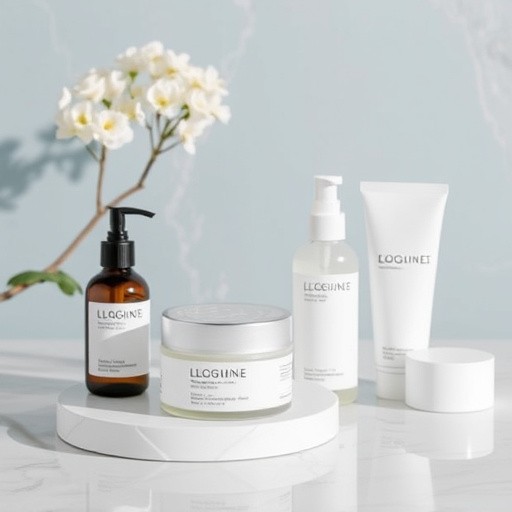
Shaving irritation arises from skin trauma and triggers like sensitive skin, harsh products, and env…….
Shaving irritation solution is a comprehensive approach designed to address the common yet often irritating issue of skin discomfort associated with shaving. This phenomenon affects millions of people worldwide, leading to redness, razor burn, ingrown hairs, and overall dissatisfaction with their shaving experience. The global personal care industry has recognized this problem, prompting the development of specialized products, treatments, and strategies to soothe and protect the skin during and after shaving. In this article, we will delve into the multifaceted world of shaving irritation solution, exploring its components, impact, trends, and future prospects. By understanding this field, individuals can make informed decisions about their shaving routines and dermatologists, manufacturers, and policymakers can work collaboratively to enhance overall skin health.
Shaving irritation solution encompasses a range of products, techniques, and protocols aimed at preventing and treating skin irritations caused by razor contact. It involves a combination of:
Skincare Products:
Shaving Techniques:
Post-Shave Rituals:
The quest for a smoother and more comfortable shaving experience dates back centuries. Ancient civilizations like the Egyptians and Romans used various tools and substances for hair removal, often employing harsh methods that left the skin irritated. The modern approach to shaving irritation solution emerged during the 20th century with advancements in dermatology and cosmetics. In the 1930s, the introduction of shaving creams and gels revolutionized the shaving experience, offering better lubrication and reducing skin trauma. As personal care products gained popularity, manufacturers began incorporating specific ingredients known for their soothing properties, leading to the development of specialized irritation-relieving formulas.
Shaving irritation solution is a global phenomenon, with varying cultural preferences and challenges shaping its market dynamics. Different regions have unique shaving habits and skin types, influencing product formulations and trends:
North America: Known for its diverse skin tones and sensitive skin populations, North America has seen an increase in hypoallergenic and dermatologist-recommended products. Companies often emphasize clinical trials and ingredient transparency to gain consumer trust.
Europe: With a strong focus on natural and organic beauty, European markets are witnessing a rise in demand for plant-based, eco-friendly shaving solutions. Regulatory frameworks like the EU’s cosmetic safety standards play a significant role in shaping product development.
Asia-Pacific: The region’s large population and growing personal care market drive innovation. Cultural preferences for smooth, hairless skin have led to the popularity of advanced depilation technologies and post-shave treatments.
Natural and Organic Ingredients: There is a growing preference for products with natural and organic ingredients, reflecting consumer demand for safer, more environmentally friendly options.
Personalized Skincare: The trend towards personalized skincare encourages brands to develop tailored solutions based on individual skin types and concerns.
Sustainability and Eco-Friendliness: Increasing environmental consciousness drives the development of eco-friendly packaging and sustainable production methods in the shaving irritation solution market.
Advanced Depilation Technologies: Beyond traditional shaving, there is a rise in interest for longer-lasting hair removal solutions like electrolysis, laser treatments, and advanced depilatory creams.
The global shaving irritation solution market is significant and continues to grow, driven by several factors:
| Segment | Growth Rate (2022-2027) |
|---|---|
| Skincare Products | 6.5% |
| Shaving Devices & Accessories | 4.2% |
| Post-Shave Treatments | 7.8% |
Source: Global Market Insights, Inc.
Investment in the shaving irritation solution sector is influenced by several factors:
Smart Shaving Devices: The introduction of smart razors with integrated sensors and connectivity offers personalized shaving experiences. These devices provide real-time feedback on pressure, blade sharpness, and skin conditions, ensuring optimal shaving performance.
Laser Hair Removal: Advanced laser hair removal technologies offer long-lasting results by targeting hair follicles. This method is increasingly popular for removing unwanted body hair, reducing the need for frequent shaving and associated irritation.
Micro-Needling: A dermatological procedure involving tiny needles to create micro-perforations in the skin, stimulating collagen production and improving product penetration during post-shave treatments.
Cosmetics Regulations: Products within the shaving irritation solution category are subject to stringent regulations governing safety, labeling, and advertising claims. Authorities like the FDA (U.S.), EMA (Europe), and similar bodies worldwide ensure product compliance.
Ingredient Safety: All ingredients used in these products must be evaluated for their safety profile. Toxicity tests, irritancy assessments, and alergen screening are mandatory to protect consumer health.
Product Labeling: Clear and accurate labeling is essential, including ingredient lists, usage instructions, and potential allergens or warnings.
Safety Standards: Regulatory frameworks ensure that products meet safety standards, driving innovation towards milder, more effective formulations.
Consumer Protection: Strict regulations protect consumers from misleading claims and hazardous products, fostering trust in the industry.
International Trade: Harmonized regulations facilitate global trade while ensuring product consistency and safety across borders.
Skin Sensitivity and Allergies: Certain ingredients used in shaving products can trigger skin allergies or irritation, especially in sensitive individuals.
Consistency of Performance: Shaving irritation solution products often face criticism for inconsistent performance, with results varying based on skin type, hair thickness, and product application.
Environmental Concerns: Traditional shaving products contribute to plastic waste, and some ingredients have raised environmental sustainability issues.
Ingredient Reformulation: Companies are reformulating products with natural, hypoallergenic ingredients to cater to sensitive skin. Rigorous testing ensures product safety and effectiveness.
Personalized Solutions: Tailoring products to individual skin types and concerns improves performance and customer satisfaction.
Sustainable Packaging: Adopting eco-friendly packaging materials and encouraging recycling practices reduces the environmental impact of shaving products.
Case Study: SkinCare Company X (Scents of Nature)
Case Study: Hair Removal Tech (HRT)
Community Initiative: ‘Shave with Care’ Program
Personalized Skincare Subscriptions: The trend towards personalized skincare will continue to grow, with brands offering subscription services that deliver tailored products based on individual needs.
Sustainable Shaving Solutions: As environmental concerns persist, eco-friendly packaging and sustainable product development will gain momentum. Bio-degradable razors and refillable containers are potential areas of focus.
Advanced Hair Removal Technologies: Laser hair removal and other advanced technologies will continue to evolve, offering long-lasting solutions for smooth skin.
Consumer Education: Brands should invest in educating consumers about proper shaving techniques, skincare routines, and product usage to enhance customer satisfaction and loyalty.
Digital Integration: Leveraging digital platforms for product recommendations, personalized offers, and customer feedback can improve brand engagement and sales.
Global Market Expansion: With varying regional preferences, companies should adapt their products and marketing strategies to cater to diverse markets, ensuring long-term success.
Shaving irritation solution is a dynamic field that combines skincare expertise with innovative technologies to address a universal challenge—achieving a comfortable shaving experience without skin discomfort. As the global personal care industry continues to evolve, understanding and addressing this issue remains paramount. By embracing technological advancements, adhering to regulatory standards, and prioritizing consumer needs, manufacturers, dermatologists, and policymakers can drive positive change in the shaving irritation solution landscape. The future holds promise for even more effective, personalized, and sustainable solutions, ensuring that individuals worldwide can enjoy a smooth, comfortable shave without sacrificing skin health.
Q: How do I choose the right shaving irritation solution for my sensitive skin?
A: Start by identifying your specific skin concerns (e.g., redness, itching). Look for products with soothing ingredients like aloe vera, oatmeal, or calamine. Read reviews and consider consulting a dermatologist for personalized recommendations.
Q: Are natural ingredients better for shaving irritation solution?
A: Natural ingredients can be beneficial, but ‘better’ depends on individual needs. Some natural substances may cause allergies or irritation in certain individuals. Always patch test new products and choose those suitable for your skin type.
Q: How often should I apply post-shave lotion?
A: Apply a post-shave lotion or serum immediately after shaving while the skin is still damp to lock in moisture. Follow the product instructions, typically applying a thin layer over the entire shaven area.
Q: Can advanced depilation technologies replace traditional shaving methods?
A: While advanced depilation technologies like laser hair removal offer long-lasting results, traditional shaving methods remain popular due to their convenience and accessibility. Combining these approaches can provide effective, comfortable solutions for different needs.
Q: How do I know if a shaving product is safe and effective?
A: Look for products that meet safety standards (e.g., FDA-approved) and have positive reviews from reputable sources. Check ingredient lists and consult dermatologists or healthcare professionals for advice tailored to your concerns.

Shaving irritation arises from skin trauma and triggers like sensitive skin, harsh products, and env…….
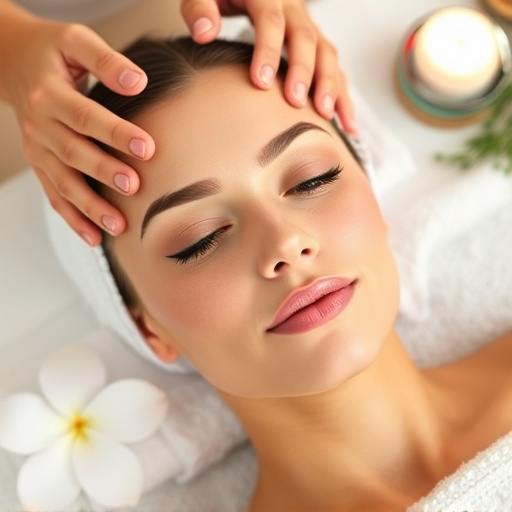
Shaving irritation solution involves personalized skincare with moisturizing and calming ingredients…….
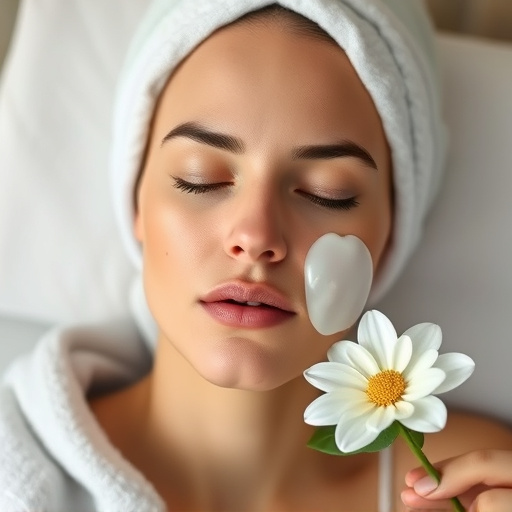
Consistent shaving routines offer unexpected benefits for skin health and appearance, including smoo…….
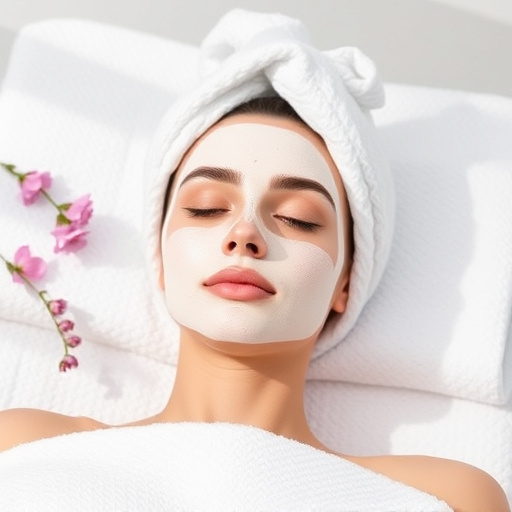
Shaving irritation for sensitive skin is addressed through personalized skincare, including moisturi…….
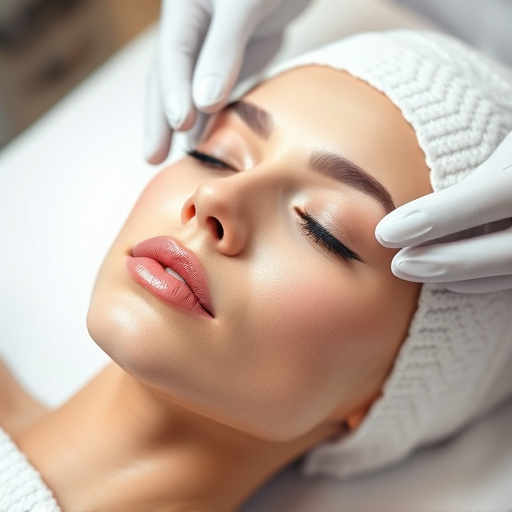
The growing awareness about skincare health drives demand for effective shaving irritation solutions…….
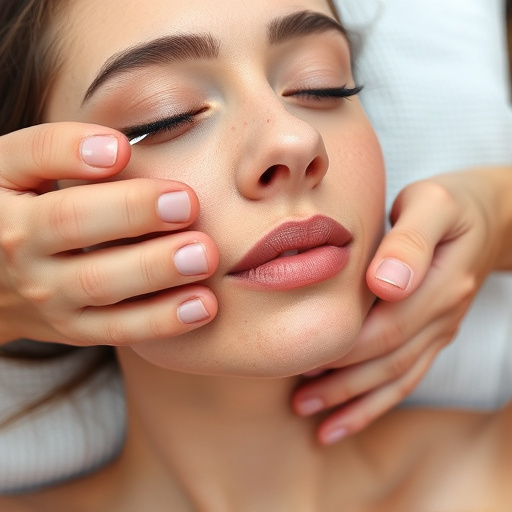
Nature offers a range of soothing remedies for shaving irritation, including aloe vera, shea butter,…….
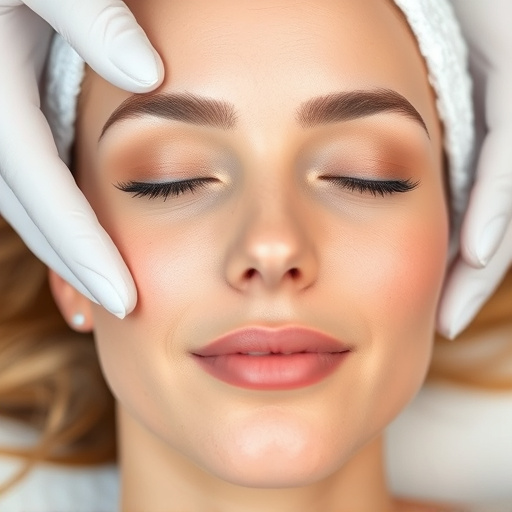
Shaving irritation results from various factors and requires a tailored approach. Understanding skin…….
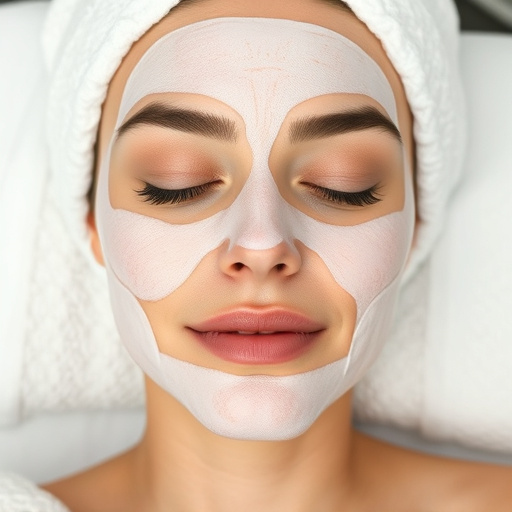
Shaving irritation, caused by micro-tears, environmental factors, and incorrect shaving, can be mana…….
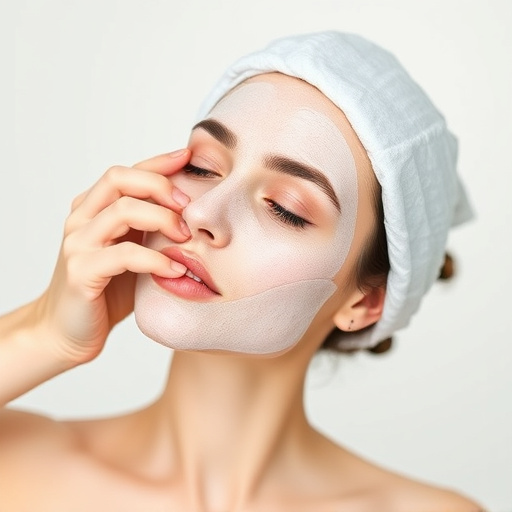
Shaving irritation results from skin sensitivity, dry skin, or conditions like eczema and rosacea, e…….
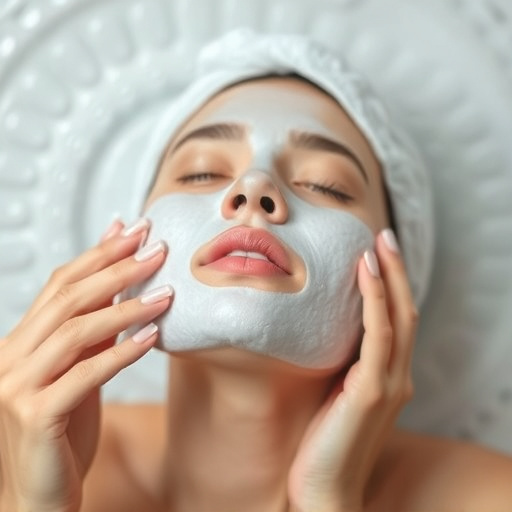
Shaving irritation, caused by products, improper techniques, and skin sensitivities, leads to drynes…….